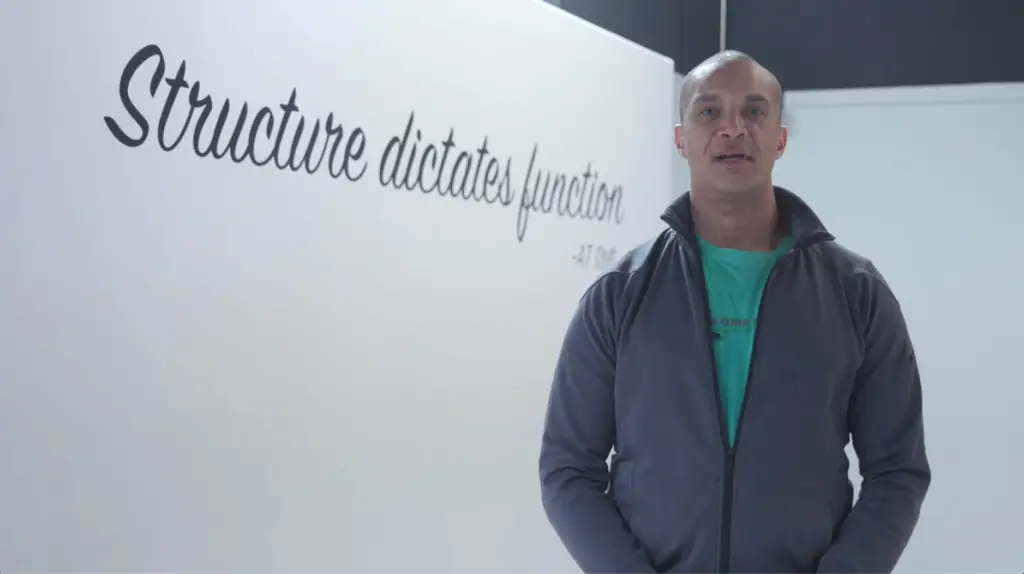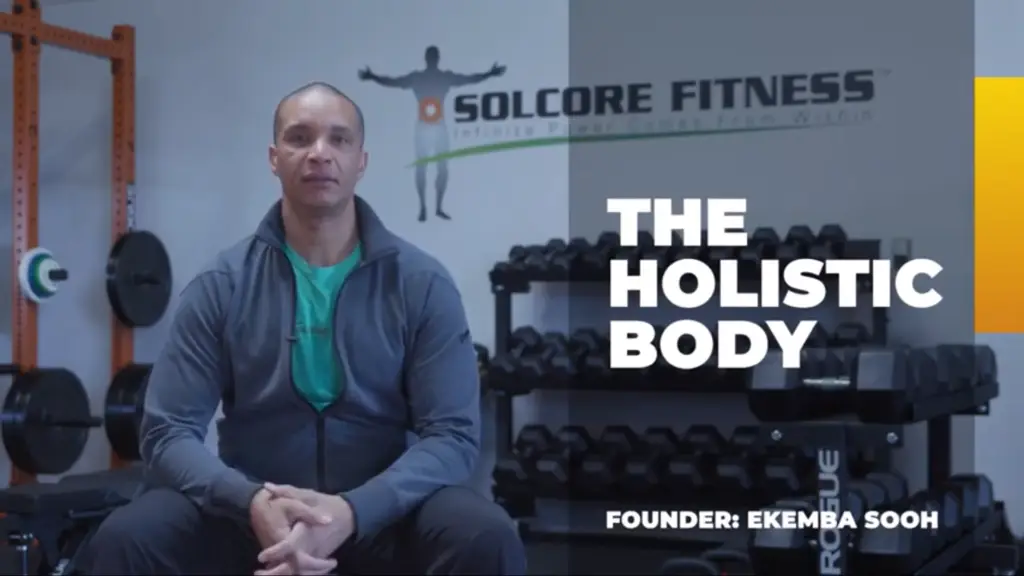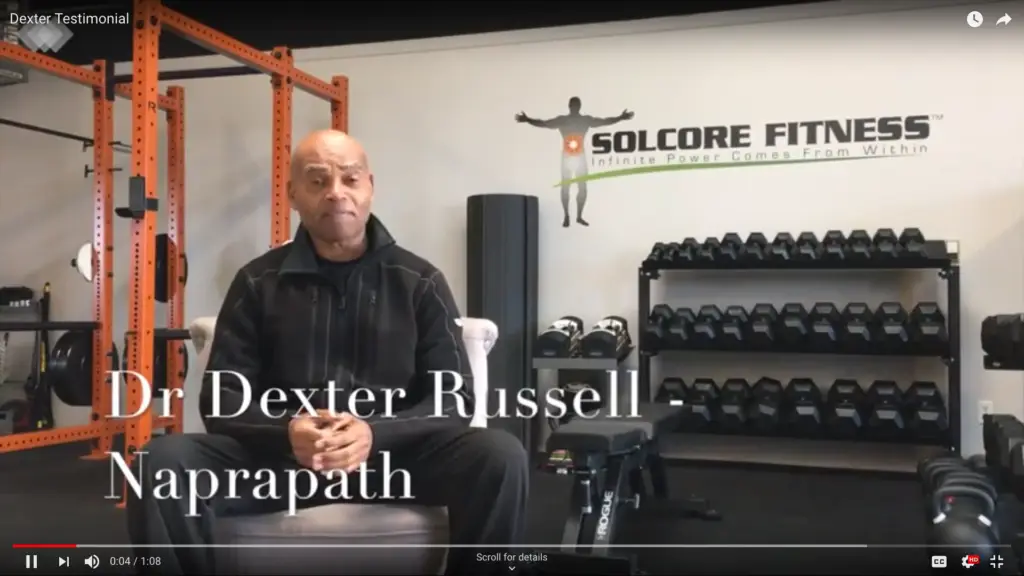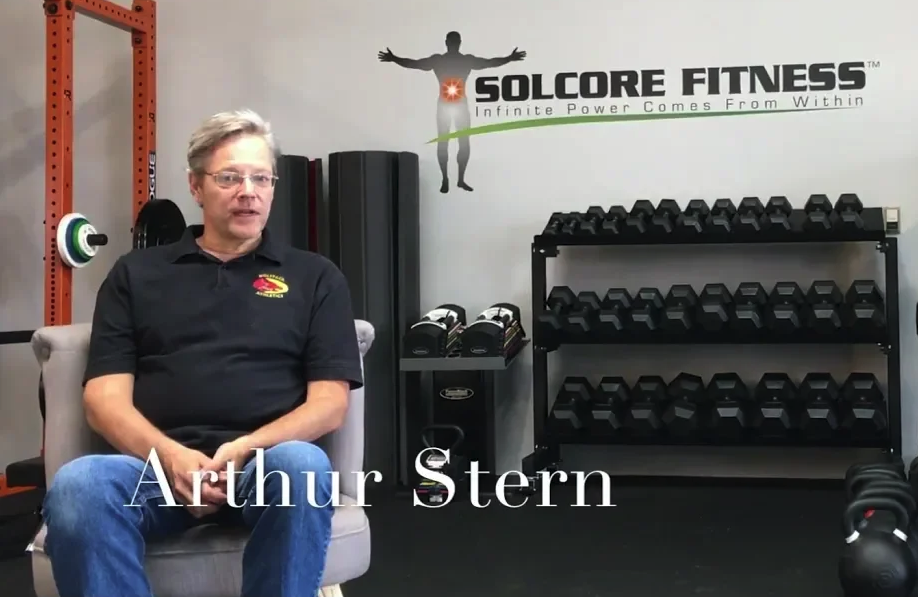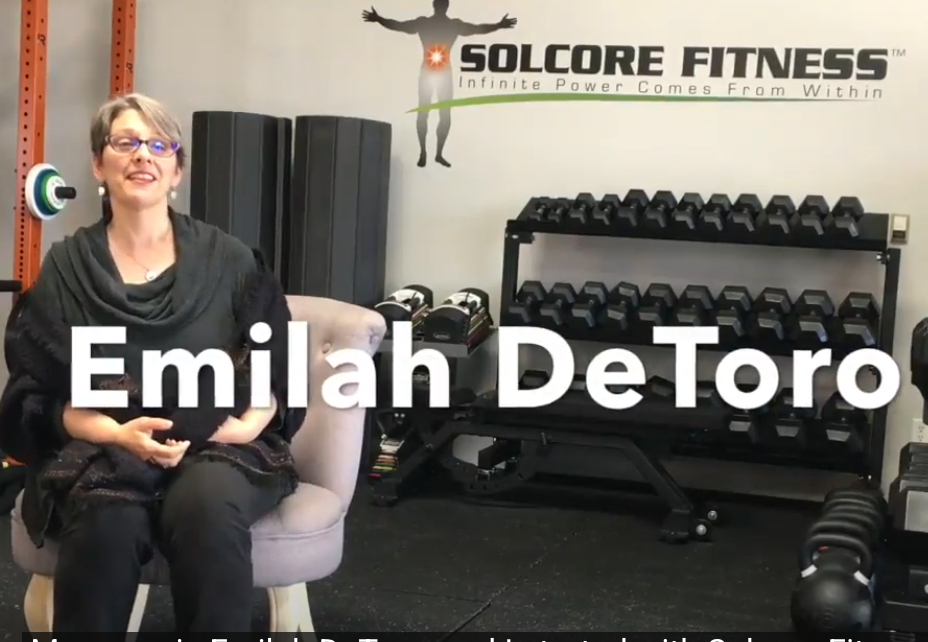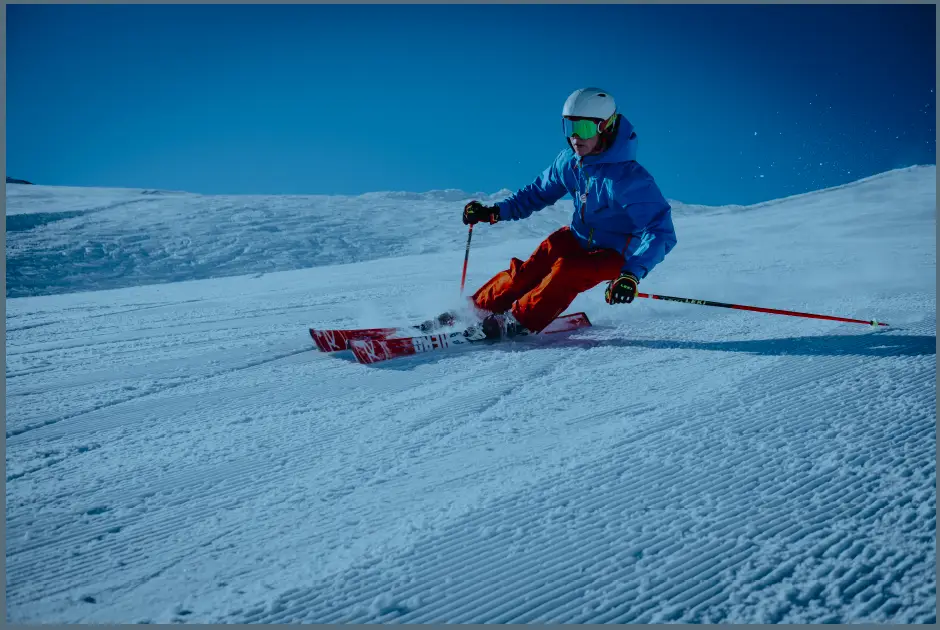
Ski Season Preseason Training: Get Ready Before the Snow Falls
I know… you may think this blog is a little on the early side, considering we’re days away from Labor Day. But if you’re like me, then your body has felt the consequences of an unprepared ski season launch. It’s never too early to begin ski season preseason training.
If you love skiing as much as I do. In that case, you’ll want your body to be functional and resilient when you step onto the slopes because the last thing you want is to spend the first part of your season battling sore muscles, nagging injuries, or worse—sitting out after a preventable accident.
This guide will help you understand the key components of a good preseason training program, so you can hit the slopes strong, mobile, and ready.
Why Preseason Training Matters for Skiers
Skiing is demanding. It requires strength, endurance, balance, and joint stability. Going in cold—or assuming last year’s fitness will carry you—can leave you vulnerable to:
- Knee injuries from poor force transfer
- Lower back strain from weak core activation
- Sore muscles from static holding positions
- Reduced performance and early fatigue
Ski season preseason training ensures your body is primed before you carve into fresh powder.
1. Muscle Solicitation
Lots of muscle solicitation means having all your muscle fibers “turned on.” Skiing demands a ton from your quads, back, and abs. If you train these groups effectively, your nervous system will know it can call on them when needed.
Practical tip: add targeted strength exercises like squats, lunges, and rotational core work to activate the same muscles you’ll rely on in every turn.
2. Static Holding
When the forces in your body don’t transfer properly, pain shows up—usually in the knees and back. Balance training helps distribute forces efficiently so your movements flow instead of grinding.
A solid stretching program, combined with proprioceptive exercises, will keep your body aligned and responsive.
3. Body Balance
You want the forces in your body to transfer properly. If the forces in your body are not dissipating as they should, you’ll experience knee pain and back pain. A good stretching program will help your balance and help transfer forces efficiently throughout the body.
4. Joint Spacing
Healthy skiing requires open, mobile joints. When joints are compressed, your awareness, coordination, and fine motor performance suffer. Stretching and fascia-focused training improve joint spacing and help your body adapt to uneven terrain and quick shifts on the mountain.
Adding ELDOA-style exercises or myofascial release into your preseason program will make a big difference in joint health and overall performance.
Don’t Wait Until the First Snow
Be proactive in your preseason preparations—stop procrastinating and start your ski season preseason training program now. Your body will thank you for fewer injuries, and you’ll thank yourself for improved performance and endurance.
Because in the end, this preparation is the difference between a short, painful, grueling season and a long, enjoyable, successful one.
Start strong now, and you’ll be having fun from the very first run.
Get started early with Custom-Built Ski Training Programs
Find out more @


